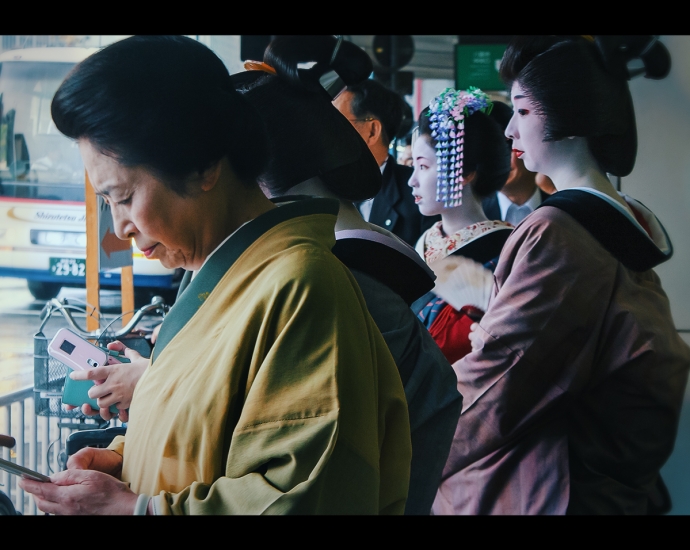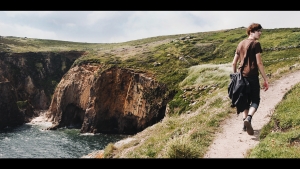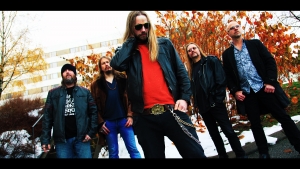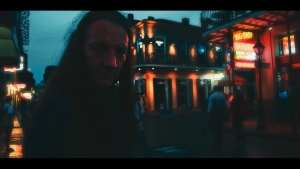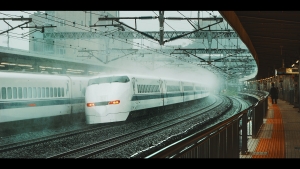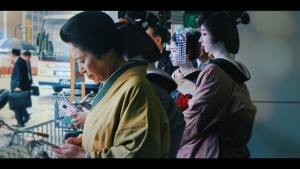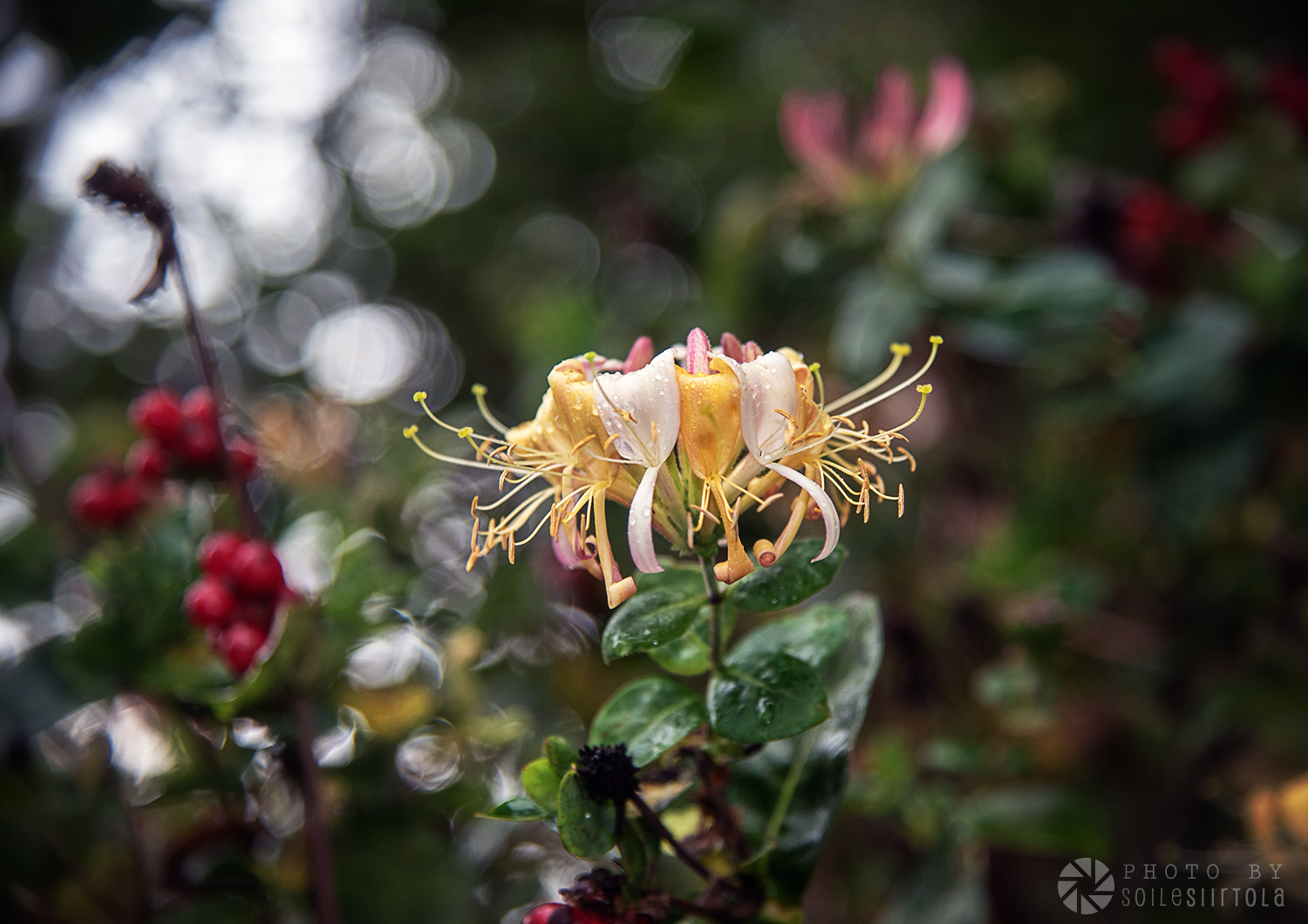Teemu Jarvinen
A photographer focused on urban streets and cityscapes.
“Recently I’ve really been asking myself one question over and over; why is it that I like the photos that I like? Both in the cases of looking at other people’s work or in my own stuff. After some thought, I’ve come up with the 3 main ingredients that make a street photo good, at least in my opinion. It may be a weird way to put it but bear with me; I have a theory that if one were to craft an algorithm that judges photos, they would like be using some combination of these 3 elements. The 3 ingredients are: Aesthetics, Story and Feeling.”
-Teemu Jarvinen-
Continue
Cinematic
Testpics. 16:9 + LUTs
LINKS
How to take Cinematic photos teemu.jpeg
Shooting Cinematic Footage – För video men funkar för foto
8 tips to give your photos an authentic, cinematic feel
The Cinematic Look – How To Make Your Photographs Look Like Films
Getting The Cinematic Street Photography Look
The Cinematic Look – How To Make Your Photographs Look Like Films – F Stoppers
Rules of Shot Composition in Film
Anamorphic photography. – Margaret Kurniawan & Shane Dresch // Adobe
Joshua K Jackson – Streetphoto
Joshua K. Jackson / Adobe UK
https://www.youtube.com/results?search_query=Joshua+K+Jackson+adobe+UK
Flash experiments for awhile back
Test with the pop up flash on D750. Lens probably the 24-120. Or the 50? Have to found the originals.
Interesting…had forgot all about this. Need to try it properly.https://photosbysoile.extremmetal.se/2018/09/10/10-september-2018-regn/
Shooting in high speed sync
First tryout w. Godox AD200 / Salem / Basic High Speed Sync (max 1/650) Photo Soile Siirtola
What’s Different when You’re Shooting with High-Speed Sync? (Profoto / Jared Platt)
https://profoto.com/ca/profoto-stories/whats-different-when-youre-shooting-with-high-speed-sync
MORE
Powerloss shooting Hign speed sync!!!
High speed sync – KEVIN KUBOTA
“I’m usually choosing f/4 as my smallest aperture,” he says, “and I generally I prefer f/2.8, 1.8 or 1.4. Shooting outdoors at those apertures, I almost always have to be shooting high speed sync to get a fast enough shutter speed to prevent overexposure.”
Kevin selects large apertures to insure shallow depth of field, which in turn creates soft backgrounds, eliminates distractions and focuses the viewer’s attention on the subject. A soft background is a pro touch, and if often takes a high shutter speed and high speed sync to make it happen.
Another reason for high speed sync outdoors is to darken the sky for mood, or to darken the background in order to hide location distractions or details.
High speed sync can come into play for indoor images, too. Faced with a brightly lit room, or one in which you’re bouncing your flash off a white ceiling, you’ll need to boost the shutter speed to prevent overexposure. More likely, though, you’ll find yourself in a room with a big picture window or an expanse of glass through which sunlight pours. In that case, expose for the outside so the window area doesn’t blow out, then use high speed sync to effectively balance the outside illumination.”
How It Works
In high speed sync mode the flash is not fired in one burst of light; it’s emits a series of pulses, an incredibly rapid series that illuminates the scene as the camera’s focal plane shutter moves across the sensor. This strobing action takes an enormous amount of flash power, and the flash essentially divides up the amount of light into segments as the shutter travels. The faster the shutter speed, the less flash power is available. Often the reduction in power does not noticeably affect the image, but when it does, photographers often compensate by either moving closer to their subjects or using more than one Speedlight.


